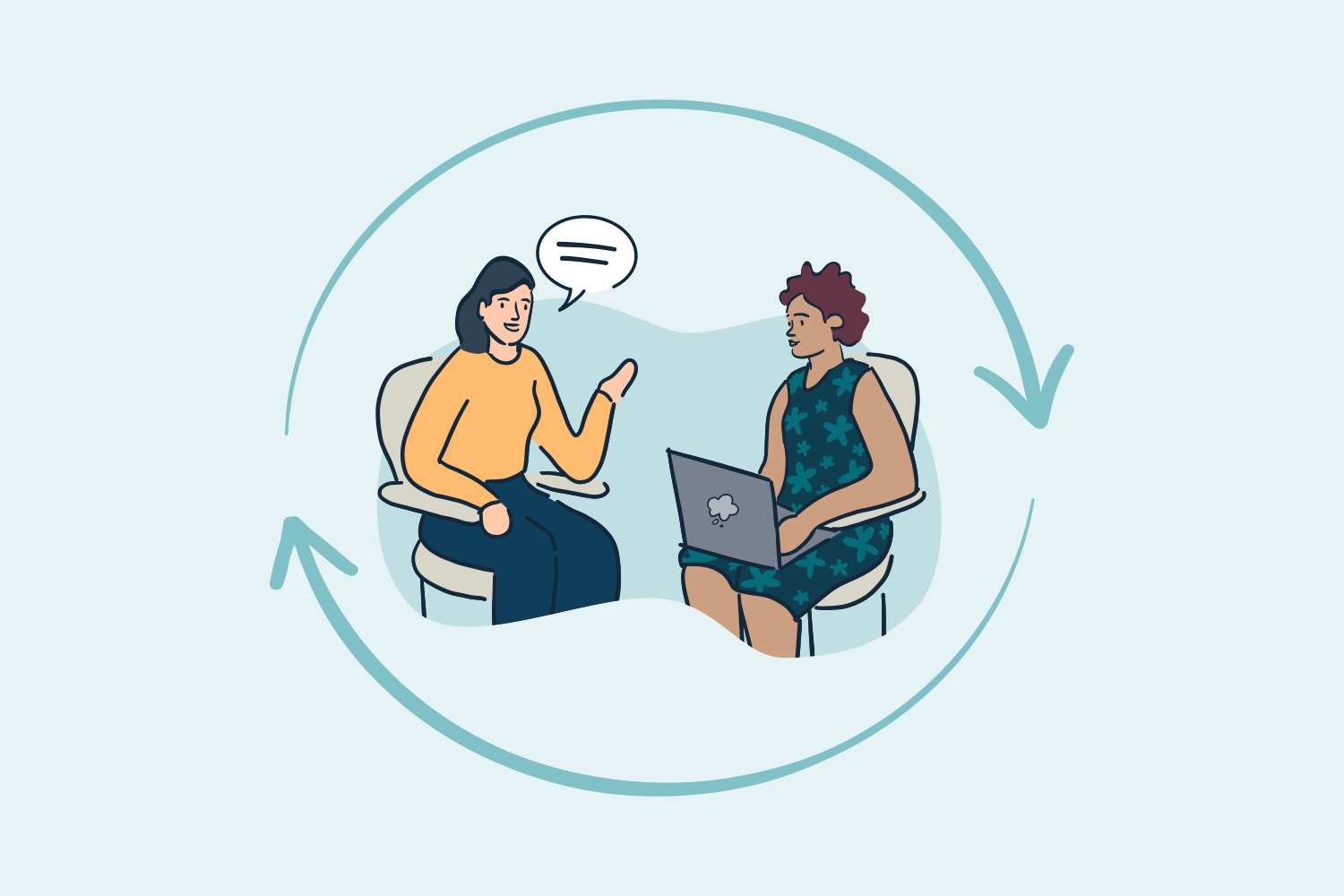There’s no “I” in great design or leadership

There is no “I” in design.
While it may be true in the literal sense, it’s a mantra we’ve adopted and embraced to caution ourselves and clients to avoid “I” statements. It’s a common occurrence and can lead to misunderstanding your user’s needs and wants by positioning your own desires at the center of a project. While you might have the design knowledge, you’re unlikely to be the intended customer for the product you’re designing for.
Our CEO, Russ Starke, regularly publishes videos for a series entitled Truisms. These are quick yet informative lessons for leaders and practitioners across various industries. For this entry into the series, Russ cautions against using “I” statements and champions thinking objectively about the wants, needs, and pain points of the users you’re designing for. We’ve written an overview that you can read below, or if you’d prefer to listen or watch, click here for the video.
The dangers of “I” statements
When there’s an abundance of “I” statements, whose voice is heard exactly? Are the opinions being expressed beneficial to the client, the team, or an individual? Or are they siloing input and pointing you down the wrong path? Whether it’s an internal brainstorming session or stakeholder conversation, too many “I” statements raise a red flag.
It’s important to center your product decisions around the user; including various voices throughout your process can help ensure you avoid designing for yourself rather than the user or broader community. A lack of multiple and diverse voices and opinions increases the likelihood of delivering a poor product or design. And, when a conversation is centered around “I” statements, you’re likely to discourage your team from contributing their voices—stifling innovation and creativity.
Becoming a better designer or leader
“Nothing makes you a better designer, strategist, developer, or leader, than having as objective of an understanding as possible of the people you’re serving. Their true wants, needs, pain points, workflows—not the ones that you project upon them.”
Understanding your customers’ needs is not always easy, but it is doable—and vital. You have to actively curb your individual wants, experiences, and assumptions to ensure biases aren’t seeping into your decisions. This process takes time and research to know that you’re not just confirming your own biases or assumptions, but rather you’re taking the opportunity to learn and act accordingly.
The importance of collaboration and customer needs
To collaborate means to inspire, to bring an assortment of ideas together to create something cohesive, functional, and beautiful. By ensuring your team’s individual voices are heard, you’re taking the steps as a leader to empower their thoughts, ideas, and opinions on any given product or service development.
By doing this, you’re also increasing your chances of meeting your customers’ needs. A diverse group of voices comes with a diverse range of experiences and thoughts, all of which can be beneficial in enhancing your progress in satisfying your customers. At Think Company, we’re all about encouraging and empowering our teams to share their voices and to work in highly collaborative spaces.
So if you catch yourself or a teammate using “I” in your next working session, stop, take a step back, and reframe the conversation.
To hear more from our CEO, Russ Starke, head to our YouTube channel and watch There’s No “I” in Great Design or Leadership.
Send us a postcard, drop us a line
Interested in working with us?
We scope projects and build teams to meet your organization's unique design and development needs. Tell us about your project today to start the conversation.



